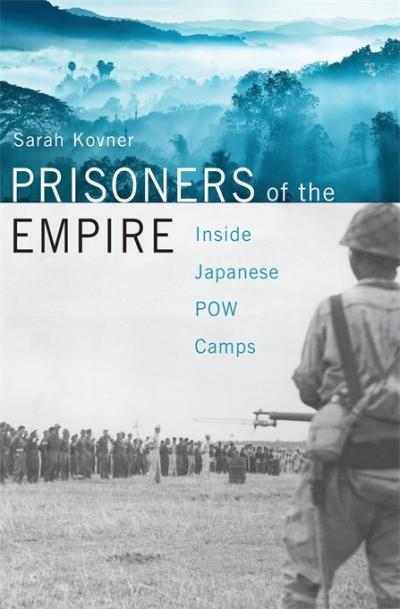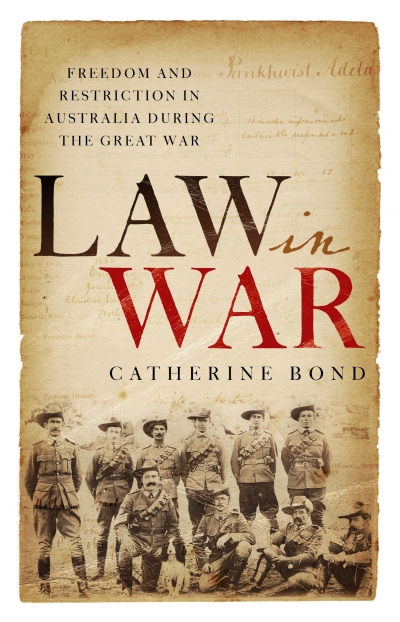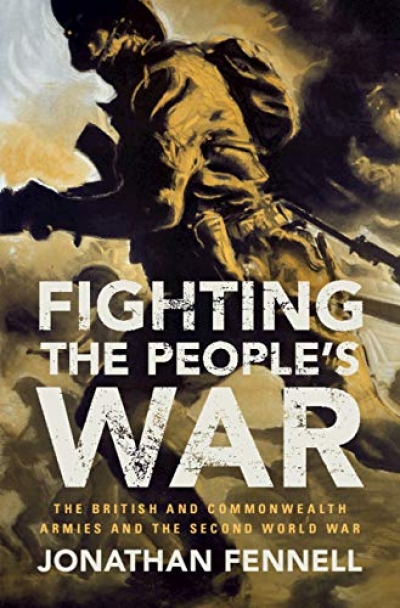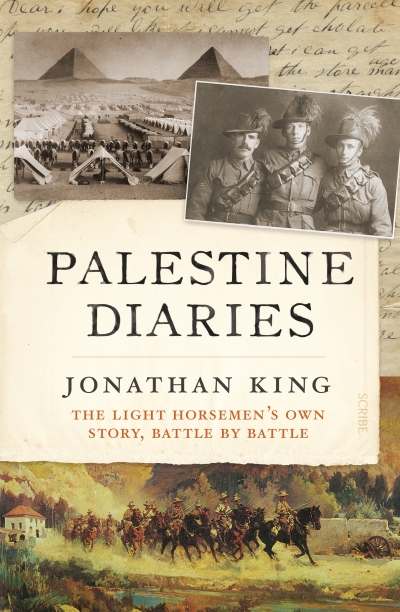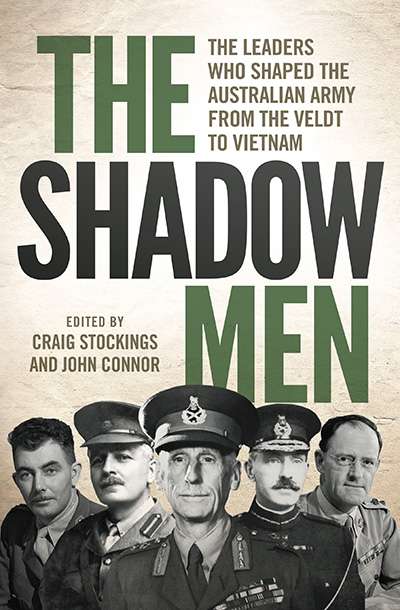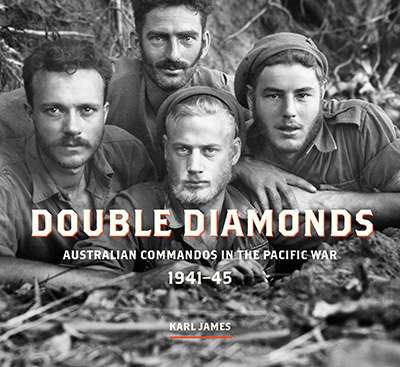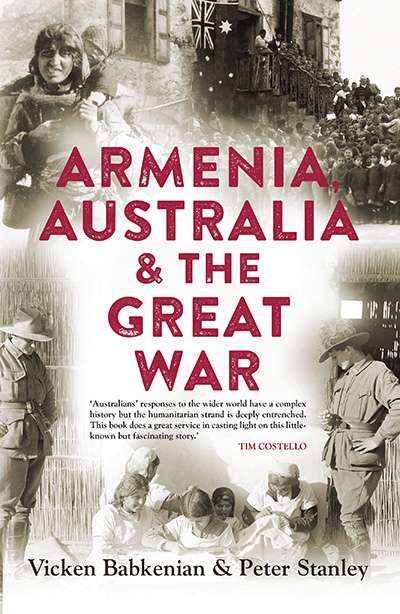Military History
Prisoners of the Empire: Inside Japanese POW camps by Sarah Kovner
by Joan Beaumont •
Law in War: Freedom and restriction in Australia during the Great War by Catherine Bond
by Kieran Pender •
Fighting the People’s War: The British and Commonwealth armies and the Second World War by by Jonathan Fennell
by David Horner •
The Great War: Aftermath and commemoration edited by Carolyn Holbrook and Keir Reeves
by Kate Ariotti •
Palestine Diaries: The light horsemen’s own story, battle by battle by Jonathan King
by Martin Crotty •
The Shadow Men: The leaders who shaped the Australian Army from the Veldt to Vietnam edited by Craig Stockings and John Connor
by Seumas Spark •
Double Diamonds: Australian commandos in the Pacific War 1941-45 by Karl James
by Kevin Foster •
Armenia, Australia and the Great War by Vicken Babkenian and Peter Stanley
by Joy Damousi •

